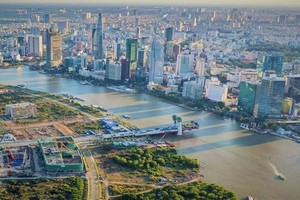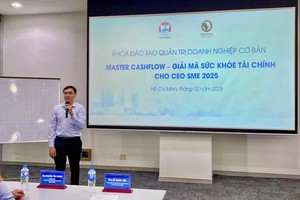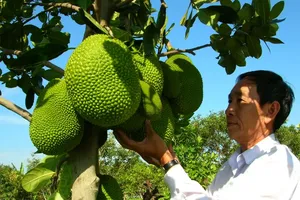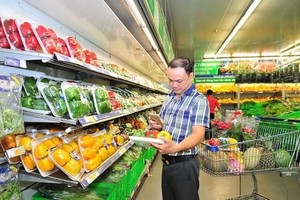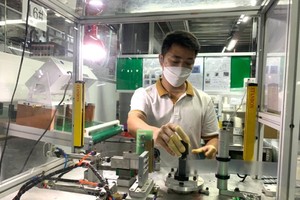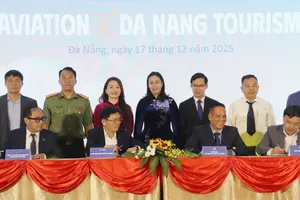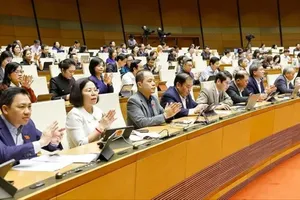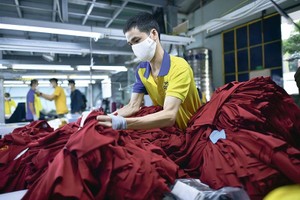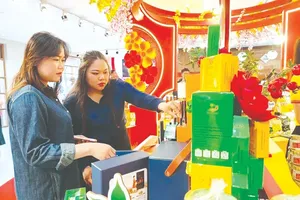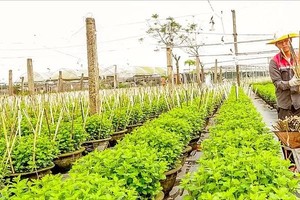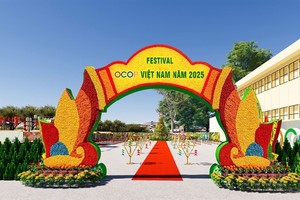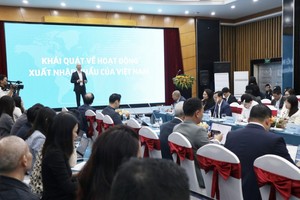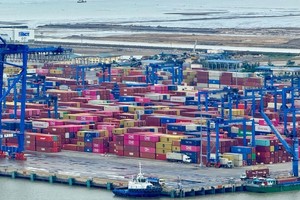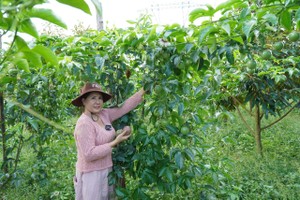Many foreign firms have sped up investment in garment and textile industry in Vietnam recently to take advantage of opportunities from free trade agreements such as the Trans-Pacific Partnership (TPP) and VN-EU Free Trade Agreement.
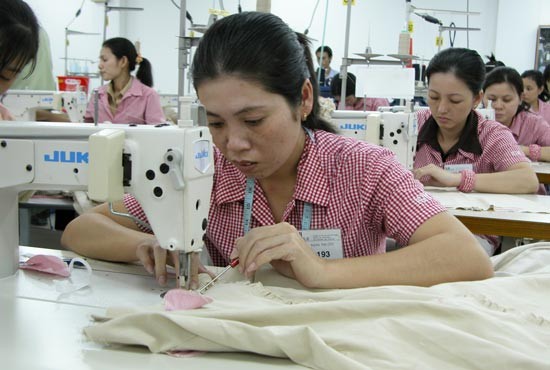
Japanese Consul General to HCMC Nakajima Satoshi said that many Japanese firms had made moves to invest in the garment and textile industry in Vietnam.
Sixty percent of 500 Japanese businesses under a recent survey affirmed that they were working the plan to invest in Vietnam. Their most chosen areas comprise industrial zones in southern provinces of Long An, Binh Duong, Dong Nai and Tay ninh.
The garment and textile field has also attracted businesses from South Korea, China, Hong Kong (China) and Taiwan (China).
The representative of Long Hau Industrial Zone (IZ) in Long An said that it had received over 20 oversea companies coming to learn about investment there since early this year.
Rach Bap and An Dien IZs in Binh Duong reported the number of foreign firms seeking investment opportunities top 100 since last year-end, it was only 20-30 from a year back.
Of the 100 companies, 25 have promoted investment procedures and 20 have registered to invest in these IZs.
The HCMC Enterprise Association said that many delegations of foreign firms had come to learn about Vietnam investment environment. Many wanted to build garment and textile plants about 50 kilometers from the center of the city.
The Foreign Investment Agency under the Ministry of Planning and Investment reported FDI attraction drop in the first half this year but rocket in the garment and textile industry, which held US$1 billion out of the total capital of US$5.85 billion.
The three largest projects included a US$600 million fibre plant in Dong Nai, a US$247 million project to make support industry items in Binh Duong, and a US$160.8 million fibre plant in Tay Ninh.
Explaining why investors choose HCMC neighboring provinces, Mr. Nakajima Satoshis said that field surveys by Japanese trade promotion agencies in Vietnam showed that it is easier for them to find land species with area of from 20 hectares or larger each. Moreover, labor cost and rent are still low and do not increase quickly there.
Binh Duong province People’s Committee said that they had built large industrial zones to attract big garment and textile projects, for instance, 300 hectare Trang Bang IZ.
Another reason for foreign firms to flock into the garment and textile industry is because Vietnamese businesses have vacated their playing field.
The country has over 2,000 companies operating in the industry. However most of them have just done outwork and exported. Their material sources mainly come from nations without incentives from free trade agreements.
The garment and textile export turnover of Vietnam to the Eurasian Economic Union (EAEU) reached only US$300 million a year when the Vietnam-EAEU Free Trade Agreement was not signed, according to the Trade Promotion Department under the Ministry of Industry and Trade.
It is expected to grow 50 percent in the first year after the agreement takes effect and 20 percent in the following year.
In addition, once TPP and VN-EU FTA are signed, Vietnamese garment and textile products exported to the US and European nations will enjoy 0 percent tax rates instead of 10-30 percent as present.

